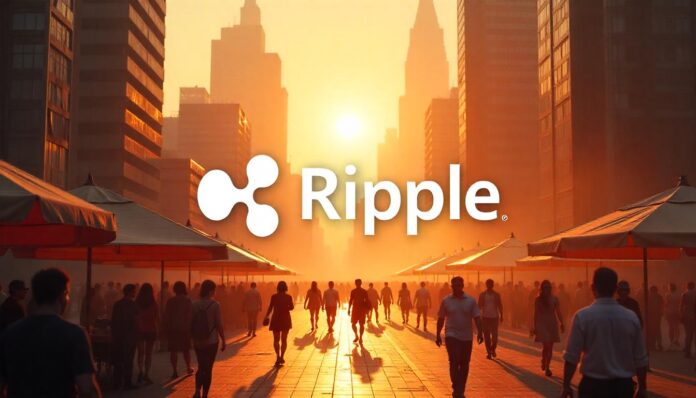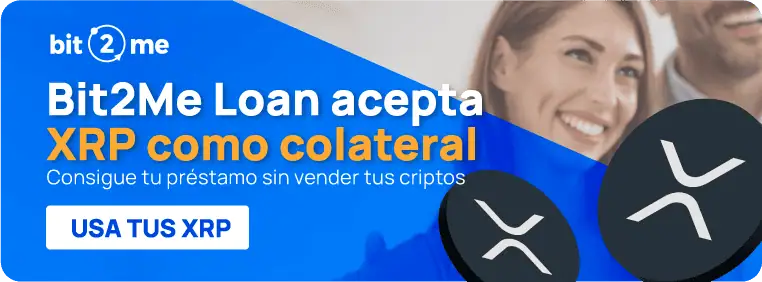
Ripple is expanding the multi-chain interoperability of the XRP Ledger by integrating with Wormhole.
Wormhole, one of the most important protocols for interoperability between different blockchains, is integrating with the XRP Ledger (XRPL) mainnet and its XRPL EVM sidechain. Ripple Labs has announced that this integration will allow the inter-chain communication, transfer of assets and creation of tokens that work on multiple networks.
This partnership is part of a broader strategy to make XRPL a key player in blockchain-based institutional finance. Major financial institutions that manage digital assets, such as BlackRock, Securitize, and Apollo, already use Wormhole's services.
David Schwartz, Ripple's chief technology officer and co-creator of XRPL, emphasized that cross-chain interoperability is critical to achieving mass adoption of cryptocurrencies. According to him, the infrastructure must be available not just on one blockchain, but on all of them.
Additionally, Schwartz explained that thanks to this integration, tokens issued natively on the XRP Ledger will be able to move freely between different blockchain networks, always maintaining their original issuance and control.
BUY XRP ON BIT2MEInteroperability as the driving force of the new blockchain era
Traditionally, blockchains have functioned as isolated silos, hindering the seamless exchange of assets and data. However, Wormhole's integration with XRPL breaks this structure. enabling two-way communication which enables token transfers, messaging between over 35 supported blockchains, and multi-chain issuance directly from the XRP network.
This advancement makes Ripple a technological bridge capable of connecting large and diverse ecosystems such as Ethereum, Solana, Polygon, and Fantom, among others.
Interoperability with multiple advantages
For experts, cross-chain connectivity and interoperability, like that offered by XRPL and Wormhole, is not only a technological advancement, but also changes the way everyone involved in the blockchain world can operate.
Now, users have the freedom to move your assets easily between different networks, which opens the door to DeFi services and NFT markets that may have previously been difficult or expensive to access. On the other hand, developers see an opportunity to expand the reach of your applications, since DApps built on XRPL can interact and leverage the liquidity and functionality of other blockchains.
Furthermore, this integration offers financial institutions a robust and secure infrastructure designed to meet enterprise standards. This makes it easier for them to manage digital assets natively and reliably, driving institutional adoption of the blockchain ecosystem.
Regarding the enormous potential of this collaboration, Robinson Burkey, co-founder of the Wormhole Foundation, assured that “by integrating Wormhole into the XRP Ledger, we are helping to unlock even greater potential spanning all major blockchains for one of the most established blockchain networks in enterprise finance.”
XRPL Interoperability: A Catalyst for Innovation
Developers find this interoperability a catalyst for innovation. By enabling native communication between the XRPL main chain and other compatible platforms, they can design smart contracts and applications that leverage the best of each ecosystem.
In short, integration with the XRPL EVM sidechain, compatible with the Ethereum Virtual Machine, facilitates smoother migration and development, minimizing the learning curve and enhancing cross-community collaboration.
All this drives the emergence of More comprehensive DeFi solutions, integrated NFT marketplaces, and decentralized financial services who can take advantage of Ripple’s business support and infrastructure.
Now, from the perspective of financial institutions, interoperability opens up new opportunities for investing in and managing digital assets. Major firms like BlackRock and Apollo already use Wormhole-compatible protocols, so this recent collaboration could position XRPL as a key network for reliable and scalable on-chain transactions.
Furthermore, XRPL can position itself more prominently in asset tokenization, thanks to the ability to issue tokens and transfer them frictionlessly between different chains.
Opportunities in DeFi and tokenization with multi-chain interoperability
Overall, the Ripple-Wormhole partnership opens up a world of opportunities for the DeFi ecosystem, allowing protocols previously limited to a single blockchain to now operate with assets and users from diverse networks.
Thanks to this connection, token transfers between blockchains become fast and secure, removing barriers and fostering more competitive and accessible markets. Developers of decentralized exchanges (DEXs), lending platforms, and other financial services find this integration a robust environment that doesn't compromise speed or security.
Furthermore, asset tokenization is enhanced by allowing digital representations of real assets to circulate freely between different blockchains. This facilitates interaction between traditional markets and DeFi, opening up new avenues for innovative business models and more efficient forms of financing. Integration reduces the complexity and costs of managing multiple protocols while maintaining asset traceability and control.

Blockchain Course
Basic levelTake this course where we explain blockchain in a clear, simple and concise way so that you have a very clear idea of what this new technology consists of.
Connecting blockchains and opening opportunities in the digital world
The collaboration between Ripple and Wormhole seeks to build a frictionless blockchain future, where chains cooperate rather than compete. By facilitating communication and transfers between more than 35 networks, XRPL is positioned as an interoperable network capable of meeting the growing demands of institutional users and emerging applications such as DeFi and NFTs.
In short, this alliance creates solid bridges between different digital ecosystems, consolidating a more liquid, secure, and user-friendly multi-chain environment. This is key to driving the mass adoption of blockchain technologies and transforming the way decentralized financial markets interact.



